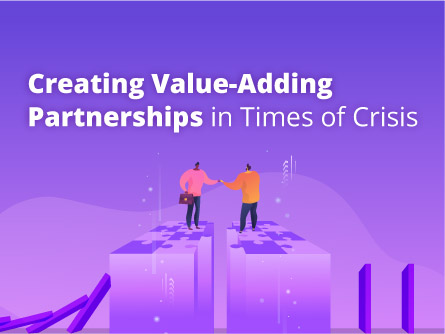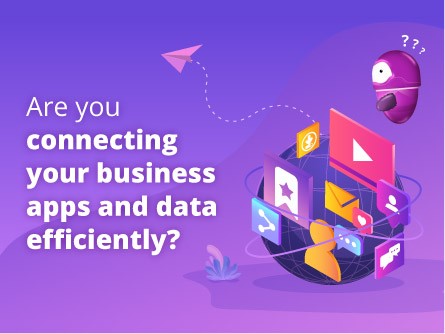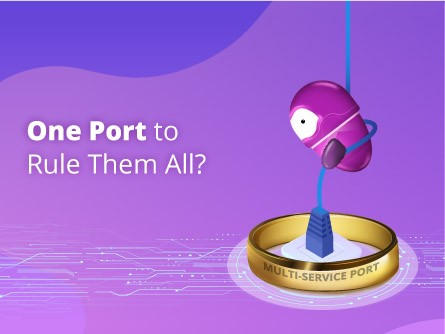The transformation tipping point is arriving over the next three years.
Worldwide spending on digital transformation will reach $2.3 trillion in 2023 with a compound annual growth rate (CAGR) of 17.1%. This amounts to more than half of all ICT spending according to IDC.
The hurdle for service providers is to enable transformation at different stages of an organisation’s digital journeys.
Since the beginning of 2020, global disruptions caused by the COVID-19 pandemic are causing even more challenges. Internet traffic was at an alarming high. This was due to a surge in remote working and lockdowns, leading to high demand for streaming services.






